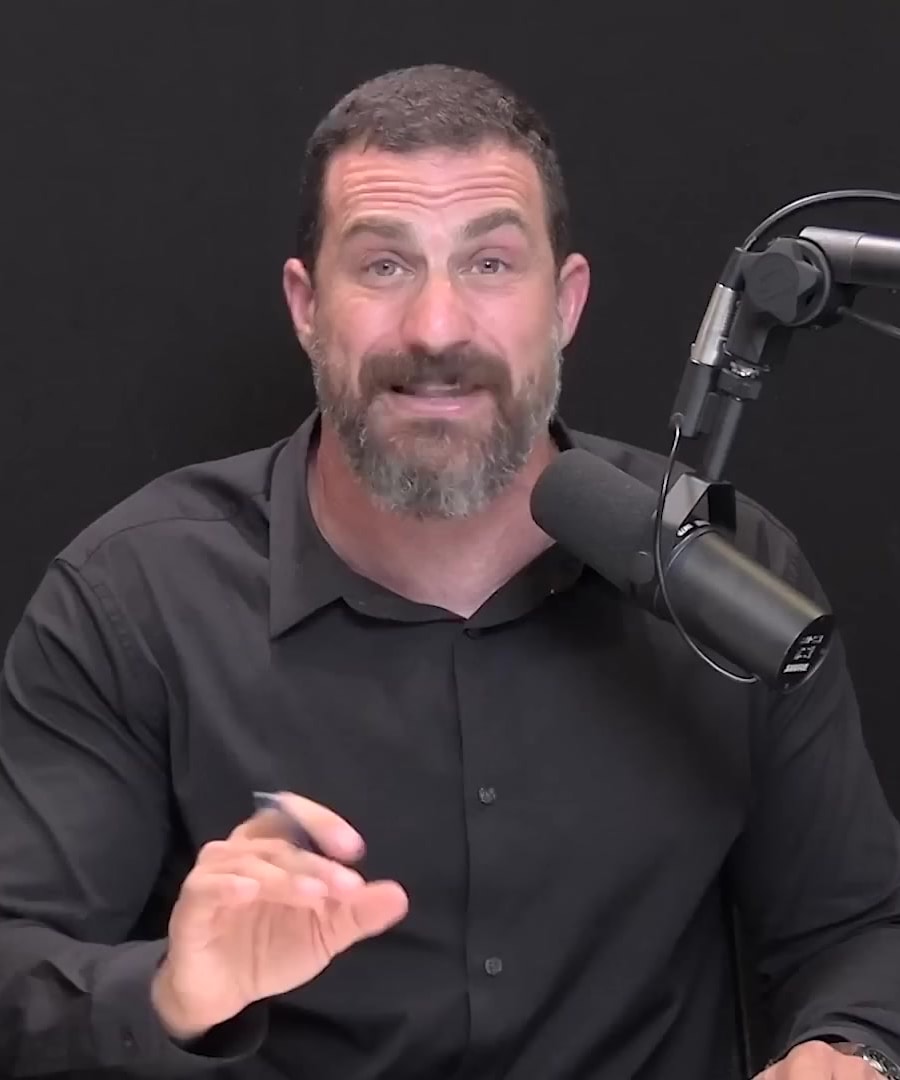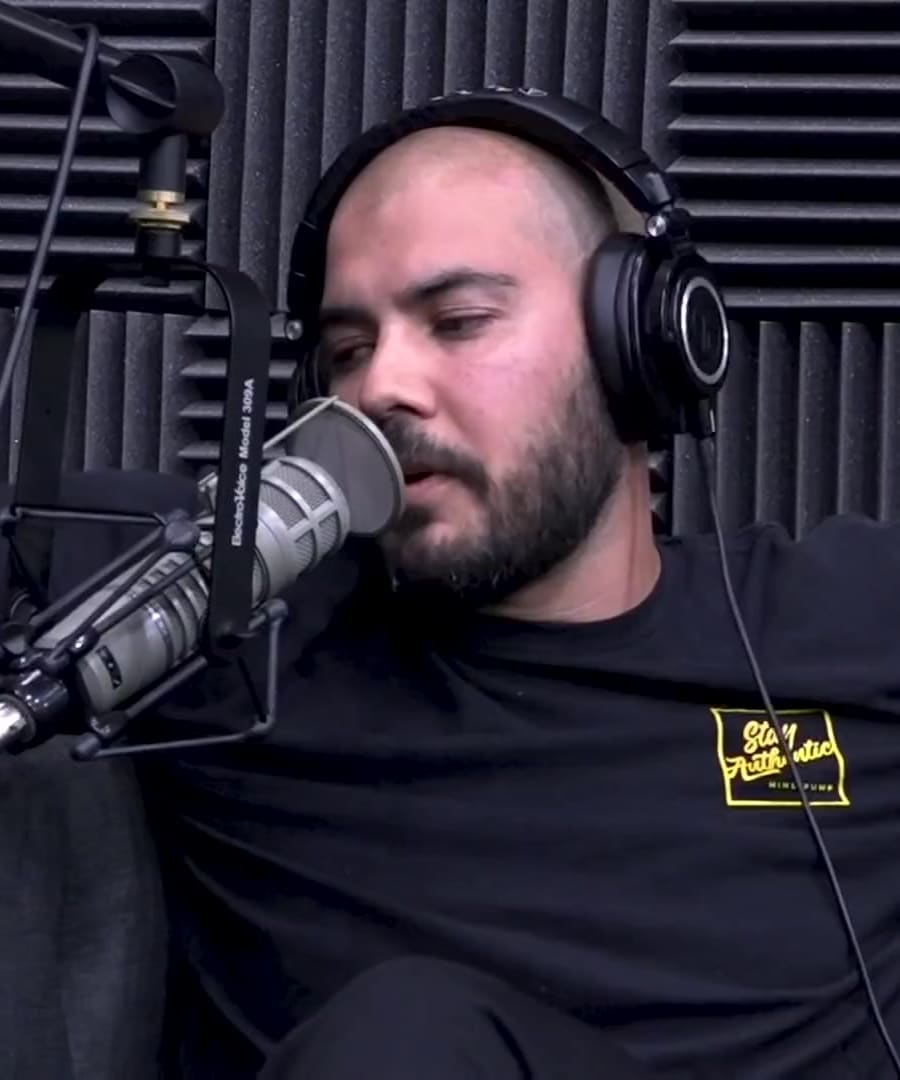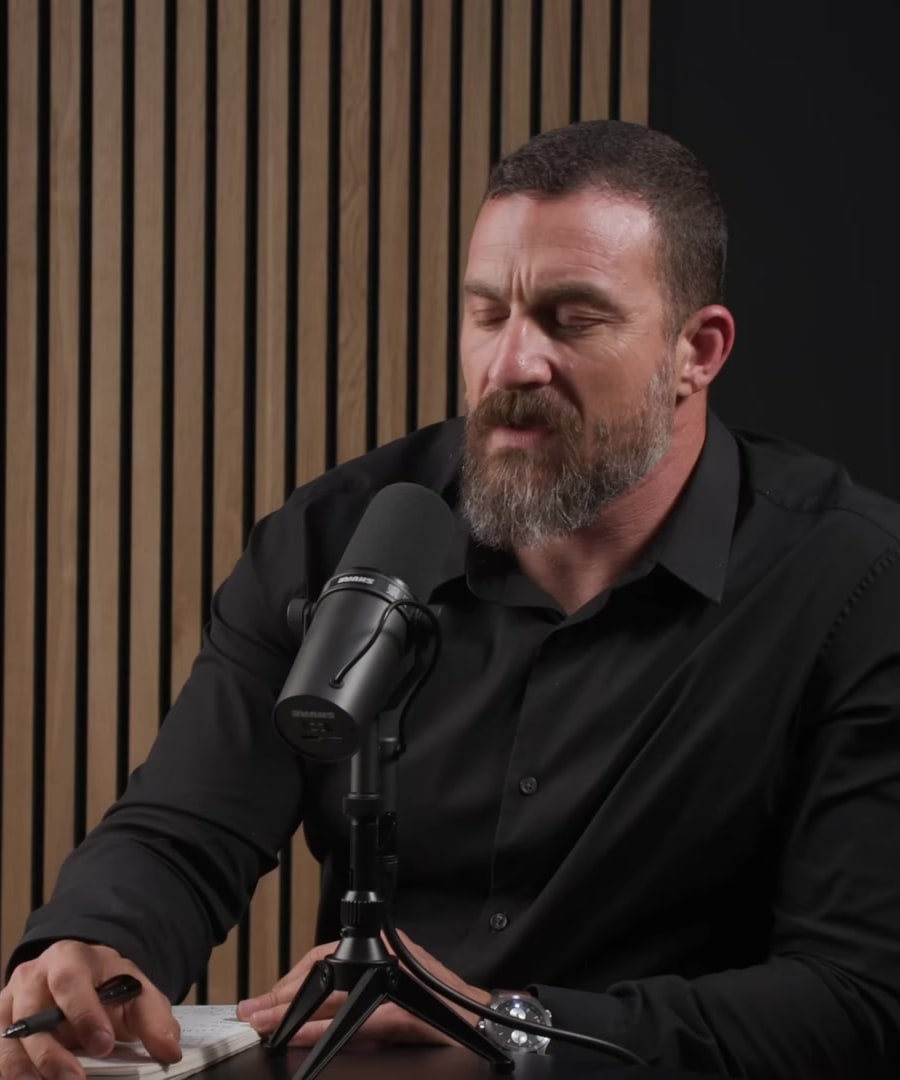Hot cold contrast protocol
Sources:
The hot-cold contrast protocol involves alternating between heat and cold exposure to optimize recovery, enhance cardiovascular function, and improve overall well-being. Here are key insights from trusted experts:
Benefits of Hot-Cold Contrast Protocol
- Improved Recovery: Alternating between hot and cold may accelerate recovery after workouts. Heat promotes vasodilation (widening of blood vessels), while cold induces vasoconstriction (narrowing of blood vessels), maximizing blood flow and nutrient delivery to muscles and brain 1.
- Enhanced Cardiovascular Health: The protocol can enhance cardiovascular function and possibly aid in brain health, as increased blood flow helps with nutrient and waste exchange in the brain 1.
- Immune System Support: Exposure to extreme temperatures may bolster the immune system, reducing the frequency of illnesses 2.
- Adaptation to Temperature Changes: Regular practice can improve the body's resilience to temperature fluctuations, potentially enhancing performance and recovery 2.
Suggested Protocols
- Basic Routine:
- For a contrast shower: Alternate between 20 seconds of cold water and 10 seconds of warm water for several rounds (aim for up to 10 repetitions), finishing with cold 3.
- Sauna and Cold Plunge: Spend 25-45 minutes in a sauna, followed by 3-5 minutes in a cold plunge. This can be done several times a week for optimal benefits 4.
Considerations
- Monitoring Personal Response: Individual responses to hot and cold exposure can vary significantly. Some people may thrive on this therapy, while others may not find it beneficial. It's important to adjust based on personal comfort and tolerance 5.
- Duration and Safety: Ensure sessions aren't too extreme to avoid potential risks, including overheating or hypothermia. For optimal cardiovascular benefits, studies suggest a balance of 57 minutes of sauna exposure and 11 minutes of cold exposure per week 6.
This nuanced approach allows for individual tailoring of the protocol based on personal preferences and health goals. Always consider consulting a healthcare provider if new to these practices or if there are underlying health concerns.
RELATED QUESTIONS


